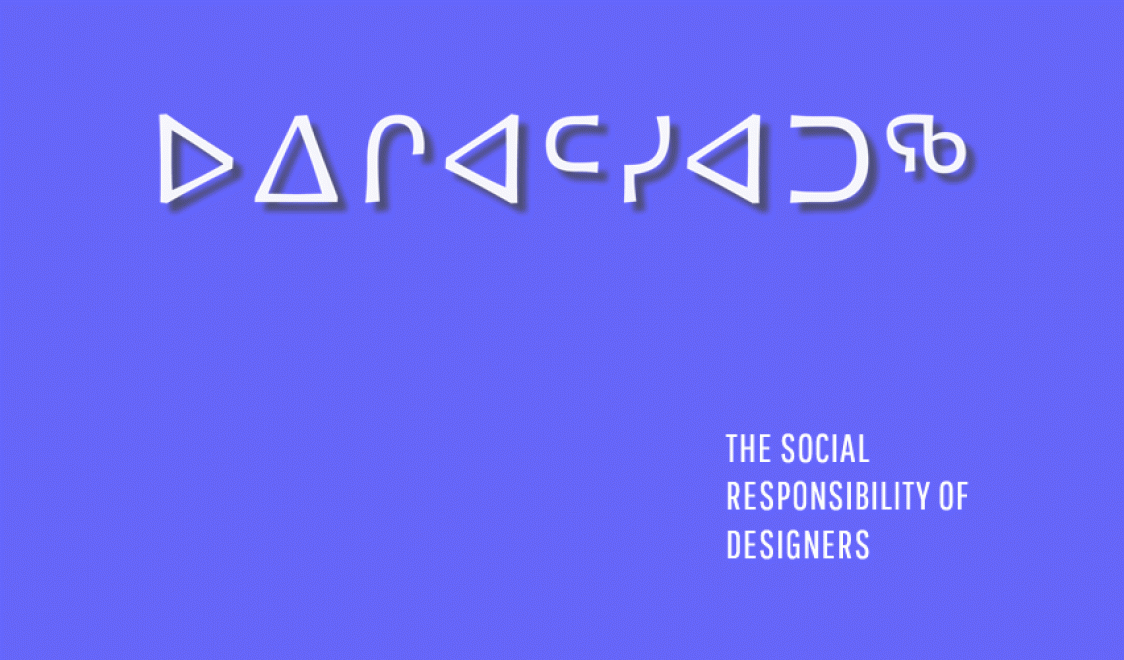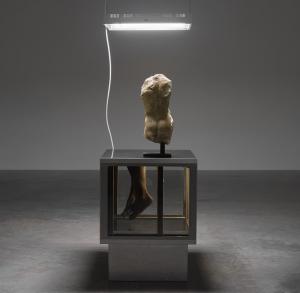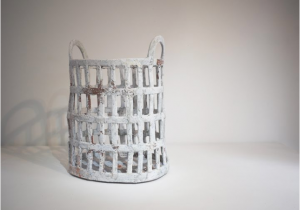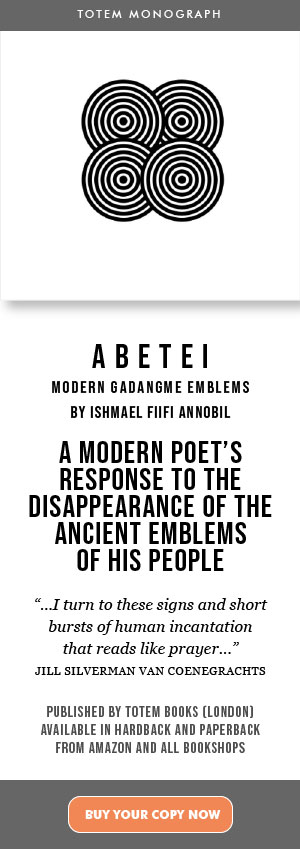By Uttam Kokil
Social responsibility in design is the respect and concern a designer has for the individual, and for the wellbeing of people. Our society is composed of people from different walks of life, some less privileged than others. It is therefore the task of designers to fulfil the needs of both sectors.
Design, after all, acts as a mediator between ideas and the physical world, and good design is that which is dedicated to the greater good of humanity. Ethical and moral responsibilities are essential.
By the same token, cultural responsibility in design is the respect and concern a designer has for the different languages and customs of people. Culturally responsible design considers the history, language, customs, habits, traits and behaviours unique to specific groups. Concepts and visual languages may be borrowed from one specific culture, yet they can hold different connotations for another culture. Good design must therefore consider cultural context so that ideas expressed are not misinterpreted.
Some modern designers are beginning to shift their conceptual and philosophical basis to embrace this ideal. It is also a pragmatic trend.
Malinoski Posters ( Richmond, Virginia)
J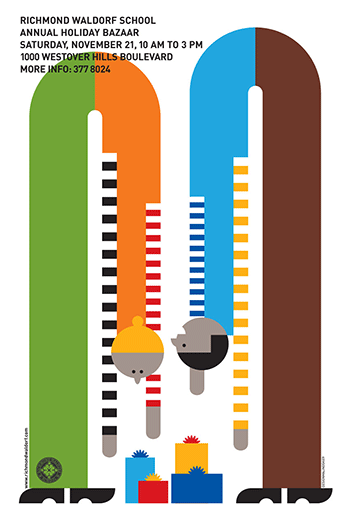 ohn Malinoski, a Rochester Institute of Technology graduate of graphic design, has been designing professionally and teaching Communication Design for a number of years in Richmond, Virginia. In the spring of 1999, Mr. Malinoski started designing posters for city’s17th Street Farmer’s Market. The posters he designed in the last few years have been well received by everyone in Richmond. They have become a regular part of the urban surroundings and are some of the most highly recognised forms of design in the city. It is common to see Malinoski’s posters all over the city, weeks before the Market hosts one of its annual events.
ohn Malinoski, a Rochester Institute of Technology graduate of graphic design, has been designing professionally and teaching Communication Design for a number of years in Richmond, Virginia. In the spring of 1999, Mr. Malinoski started designing posters for city’s17th Street Farmer’s Market. The posters he designed in the last few years have been well received by everyone in Richmond. They have become a regular part of the urban surroundings and are some of the most highly recognised forms of design in the city. It is common to see Malinoski’s posters all over the city, weeks before the Market hosts one of its annual events.
Despite its diverse population, Richmond is drawn to these posters. To put this in context, it has to be pointed out that several universities, business, and professional organisations are located in Richmond. Presently, more than 800,000 people call Richmond home. With its several museums, art galleries, and historical landmarks, the city offers a unique cultural setting, not to mention that fact that the populace is, as can be expected, made up of people from varying cultural, educational and income backgrounds.
Malinoski's images are simple and identifiable to all walks of life. He composes his images in a way that characterise a story or concept that can be understood by a diverse population. This shows how a highly effective form of communication design can become a part of the culture for which it was designed.
A new typeface design for the Inuit culture
The Inuits are a group of native to the north-east of Canada. At least 75% of the Inuit people speak Inuktitut as their primary language, although English, French and Inuinnaqtun coexist. Inuinnaqtun is a regional dialect of Inuktitut and uses Latin script rather than syllabics.
Inuktitut was on the verge of disappearing because there was no mechanism for reproducing the character set beyond handwriting. Prior to the development of Unicode (a computer encoding system that assigns numbers to individual letters and characters of a language), there was no computer standard for the Inuktitut Language.
In designing the new typeface, Euphemia, the designers were concerned about preserving the cultural heritage of the Inuktitut people. Ross Mills (Euphemia designer) says that the best way to preserve the Inuktitut language is to publish quality material using that new typeface, thereby giving the language repeated visual exposure over time. Ross is in the process of establishing a press in Iqaluit, in the belief that if a culture’s language disappears, then so does a part of that culture.
MIT’s “Design that Matters” course
Massachusetts Institute of Technology (MIT) currently offers a course called ‘Design that Matters’, a studio course aimed at exploring design solutions that answer specific challenges faced by countries throughout the world. The students’ brief is to work collaboratively with Non-Governmental Organisations (NGOs) working in communities in different regions with diverse cultural values. Each NGO community serves as a client for the students. The latter propose utilitarian design solutions using knowledge they gain from studying the social setting and practices within the community.
In the spring of 2002, students on this course worked on one such design problem in Nicaragua - in the aftermath of hurricane Mitch in 1998, thousands of bio-sand filters were distributed throughout the country to provide safe drinking water to the population. While these same filters were successful in other parts of the world (e.g., Nepal), but their performance in Nicaragua was not as impressive.
The filters failed primarily because they could not be adapted to Nicaragua’s environment. In short, the people did not know how to maintain them. The students working on this project (Bruno Miller, Susan Murcott and Timothy Prestero) investigated several possibilities as to why the filters had not been as successful, and explored solutions to improve its design to better fit the needs of that particular culture. They also educated the people in maintaining the filters.
Tactile Braille for the Visually Impaired to access the Internet (Aus)
While technology is highly advanced today, there are some problems that technology has yet to solve. Currently, a blind user might navigate the web using a synthetic speech device or “talking’ browser, but there are limitations to this technology as well as some privacy issues.
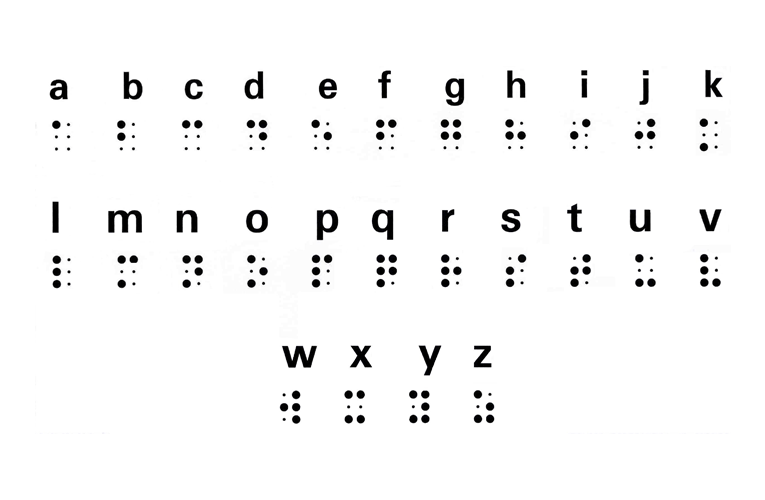
There is a new approach to answering this problem that uses a tactile Braille devise that has a system of pins that rise and lower in different combinations, allowing the user to feel the Braille message as the user navigates through web pages. The device reads up to 80 characters onscreen and can refresh or change according to the location of the cursor. The Braille pins change continuously as the user moves the cursor around the screen.
The advantage of this kind of solution is that it provides direct access to information, the ability to check format, spacing and spelling. It eliminates sound that can intrude on people who might be working at nearby workstations, and also maintains a sense of privacy for the user. This is a problem solving that looks beyond current standards and may have significant impact on design that meets the needs of people with specific physical challenges.
While anticipating the use of typefaces in the future, it is safe to presume that 'Print' will not vanish, i.e., we shall still design new typefaces for books, magazines and the like, even though the World Wide Web has given a new dimension to 'New Media Design'. They must be designed with the aim to serve those using typography as a tool, but this should not prevent them from being used for other applications.
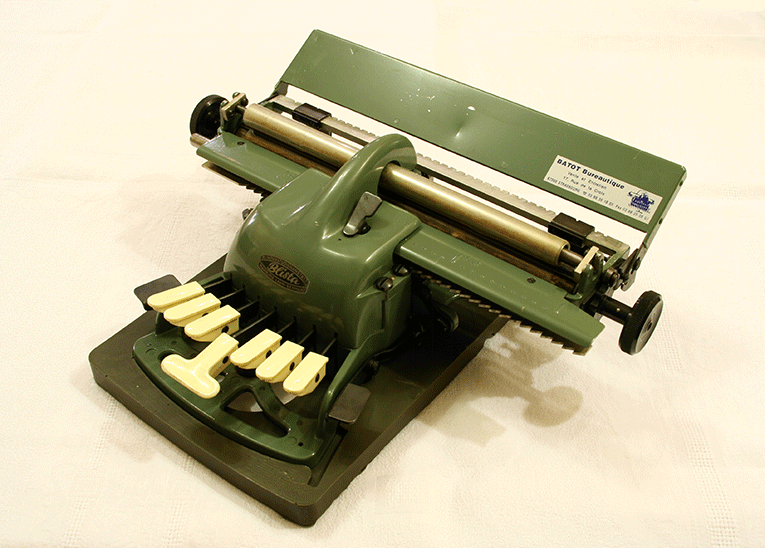
As visual communicators, it is crucial to make use of elements or symbols from foreign culture wisely. The best way for a designer to assess his/her skills is to try to solve design issues pertaining to social or cultural matter, as it is very challenging and controversial at times to reach to a final and clear-cut design solution in either area. We all aim at working towards commercial purposes; however, the inner self-satisfaction that is achieved by solving complex cultural and social design issues cannot be simply measured.
Notes:
Pigiarniq : the script in which Inuinnaqtun is written
Syllabics : pronounced with every syllable distinctly
Latin Script : This is the script you are reading right now, the script used for English, and by far the most widespread script in the world today. The rise of printing and later computing made Latin even more important.
Images:
1) A font designed for Latin scripts and the Inuit language Inuktitut. (Rosetta Type)
2) Braille alphabet
3) Blista Braille typewriter. Photo by Rémi Kaupp


